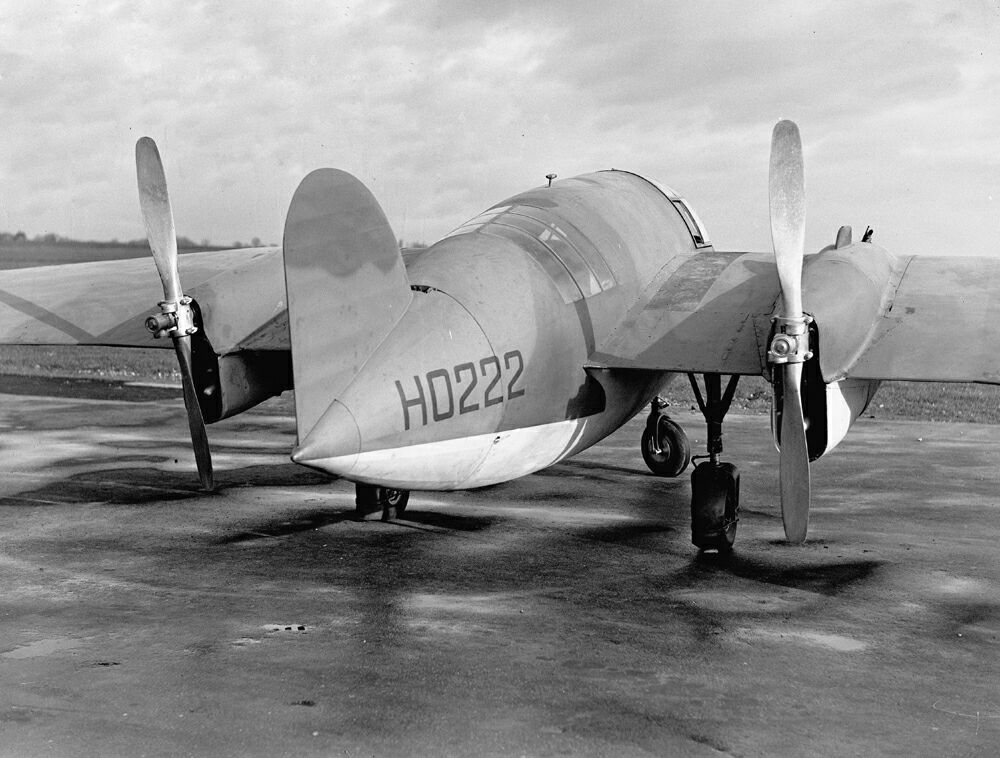 The Manx (which appropriately shares the same name as a breed of vestigial-tailed cat) was built to participate in a flight research program investigating problems associated with tailless aircraft. The partially-swept wings supported the vertical stabilizers of a twin tail, with elevons for pitch and roll control.
The Manx (which appropriately shares the same name as a breed of vestigial-tailed cat) was built to participate in a flight research program investigating problems associated with tailless aircraft. The partially-swept wings supported the vertical stabilizers of a twin tail, with elevons for pitch and roll control.
Construction of the prototype was subcontracted to Dart Aircraft of Dunstable. There were serious issues encountered early in the development phase that caused a delay in the testing program. After it was delivered in 1939, redesigns had to be made because the Manx was too heavy, and there were also structural integrity issues with the main spar.
An unorthodox aspect of the Manx design incorporated into the aircraft was that the main undercarriage was retractable, while the nose gear remained fixed.
Taxi tests began in early 1940, but inspection revealed serious deterioration of the wing structures, which required extensive repair. These and further problems delayed the maiden flight until June 1943 (sources conflict as to whether it was 11 or 25 June.) The first flight was terminated early when the canopy was lost in mid-flight, but the pilot managed to land the plane safely. The Manx had only accumulated about 17 hours of flight time over approximately 30 flights when flight tests were finally terminated in April 1946. The sole example built was scrapped in 1952.




1 comment:
Neato!!
Post a Comment